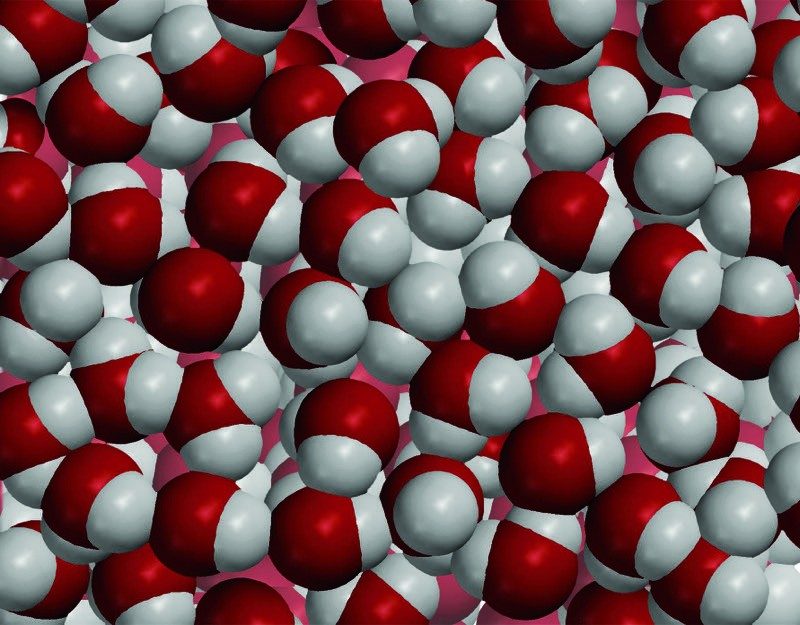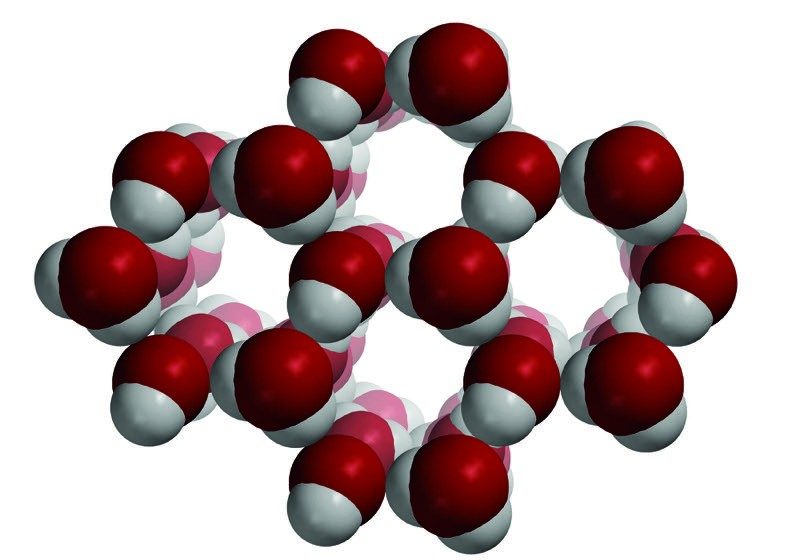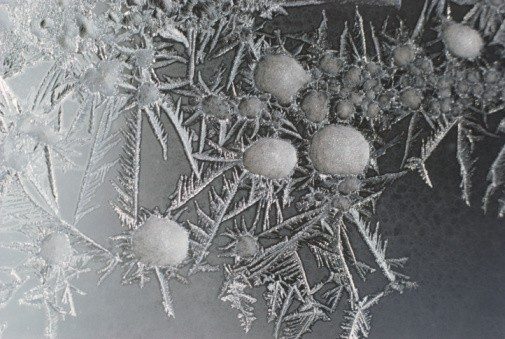Lesson 2.4: Changing State—Freezing
Accompanying Lesson Plan: Lesson 2.4: Changing State—Freezing
Video
Ice on Can
- When salt and ice are added to an empty aluminum can and mixed together, the can becomes very cold, and frost begins to form on the outside of it very quickly.
Video
Ice Structure
- As water freezes, the attractions the water molecules have for one another overcome their motion and hold them in fixed positions. Water molecules freeze in a hexagonal pattern and the molecules are further apart than they were as liquid water.
- Water is unusual because its molecules move further apart when it freezes. The molecules of just about every other substance move closer together when they freeze.
Video used with permission from Roy Tasker, VisChem Project
Video
Ice Bomb
- Water molecules move further apart as liquid water becomes solid ice.
- The expanding ice shatters the sealed cast-iron container.
The demonstration shown in this video is very dangerous. Do not attempt to perform this demonstration.
Video used with permission from Chemical Education Exchange (ChemEd X)
Video
Ice at Different Angles
- In ice, water molecules are arranged in a repeating pattern that gives ice its crystal structure.
- Even though ice is at 0 °C, the molecules still vibrate.
Video used with permission from Roy Tasker, VisChem Project
Video
Liquid Nitrogen
- Nitrogen is the most abundant gas in our air. Molecules of nitrogen are barely attracted to each other, so it needs to be made extremely cold in order for the molecules to come together and condense and even colder for it to freeze.
- The boiling point of liquid nitrogen is −196 °C. The freezing point is −210 °C.
- To get an idea of how cold liquid nitrogen is, watch what happens to a banana when it is placed in liquid nitrogen.
Image
Frost
- Frost forms when the humidity and the temperature work together so that the water vapor in the air does not condense to water but solidifies directly to frost.
- It usually happens with low humidity and cold temperatures.



